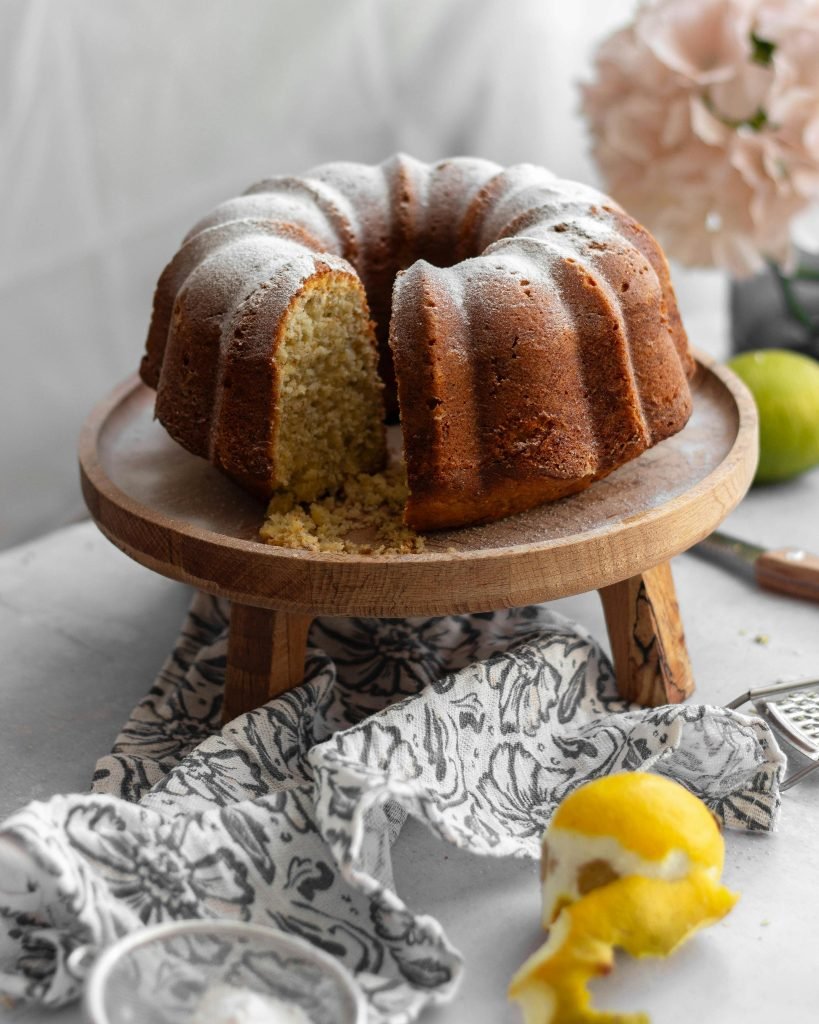Looking to lower your blood pressure without relying on medication? Look no further! Our FlatFee Pharmacy Program, in partnership with MyFreePharmacy, offers a groundbreaking solution that allows you to access over 800 of the most commonly prescribed medications for free. Say goodbye to expensive prescription drug prices and hello to a healthier, more affordable lifestyle. With our monthly flat fee subscription starting as low as $19.95, you can enjoy the benefits of free medications for conditions like Diabetes, Heart Disease, High Cholesterol, Depression, and more. Don’t waste another penny on overpriced prescriptions – join us today and start saving!
Healthy Diet
Maintaining a healthy diet is essential for overall well-being, including blood pressure management. A key component of a healthy diet is reducing sodium intake. Consuming too much sodium can cause fluid retention and increase blood pressure. Therefore, it’s important to limit the amount of salt in your diet and opt for low-sodium alternatives when possible. Reading food labels can help you make informed choices and select low-sodium options.
In addition to reducing sodium intake, incorporating more fruits and vegetables into your diet is crucial. Fruits and vegetables are naturally low in sodium and high in essential nutrients like potassium, which can help regulate blood pressure. Aim to fill half your plate with fruits and vegetables at each meal to ensure you’re getting an adequate amount.
Including whole grains in your diet is another important aspect of a healthy eating plan. Whole grains are rich in fiber, which can help lower blood pressure. Swap refined grains like white bread and pasta for whole grain alternatives such as whole wheat bread, brown rice, and quinoa.
Choosing lean proteins can also contribute to a healthy diet and blood pressure management. Opt for lean meats like skinless poultry, fish, and legumes instead of fatty cuts of meat. These lean protein sources are lower in saturated fat and can help maintain a healthy weight.
Limiting processed foods is crucial for maintaining a healthy diet and blood pressure levels. Processed foods often contain high levels of sodium, added sugars, and unhealthy fats. Opt for whole, unprocessed foods whenever possible, such as fresh fruits and vegetables, lean proteins, and whole grains.
Another important aspect of a healthy diet is avoiding added sugars and saturated fats. Consuming excessive amounts of added sugars and saturated fats can contribute to obesity and high blood pressure. Be mindful of the amount of added sugars in your diet and opt for healthier alternatives like fresh fruit for sweetness. Additionally, choose lean sources of protein and low-fat dairy products to reduce saturated fat intake.
Regular Exercise
Engaging in regular exercise is essential for maintaining a healthy lifestyle and managing blood pressure. Aerobic activities, such as brisk walking, running, and swimming, can help improve cardiovascular health and lower blood pressure. Aim for at least 150 minutes of moderate-intensity aerobic exercise or 75 minutes of vigorous-intensity exercise per week.
Incorporating strength training into your exercise routine is also beneficial for blood pressure management. Strength training exercises, such as lifting weights or using resistance bands, can help build muscle and improve overall body strength. Aim to include strength training exercises at least two days a week, targeting all major muscle groups.
Practicing relaxation techniques, such as yoga or meditation, can also help lower blood pressure. These activities promote relaxation and stress reduction, which can have a positive impact on blood pressure levels. Consider including yoga or meditation in your exercise routine to promote overall well-being.
Maintaining a healthy weight is another crucial aspect of managing blood pressure. Regular exercise can aid in weight management by burning calories and improving metabolism. It is important to engage in physical activity that you enjoy and make it a part of your daily routine.

Reduce Stress
Stress can have a significant impact on blood pressure levels, so it’s important to identify and manage stress triggers in your life. Take note of situations or events that cause you stress and try to find ways to effectively cope with them. Whether it’s through deep breathing exercises, practicing mindfulness, or talking to a trusted friend or family member, finding healthy ways to manage stress is key.
In addition to managing stress triggers, incorporating relaxation techniques into your daily routine can help lower blood pressure. Deep breathing exercises, progressive muscle relaxation, and guided imagery are effective relaxation techniques that can be practiced regularly to promote stress reduction.
Getting enough sleep is also important for managing stress and blood pressure levels. Lack of sleep can contribute to higher blood pressure, so aim for seven to nine hours of quality sleep each night. Establish a consistent bedtime routine and create a sleep-friendly environment to improve the quality and duration of your sleep.
Engaging in stress-relieving activities can further assist in managing blood pressure. Activities like listening to music, engaging in hobbies, spending time in nature, and practicing mindfulness can help reduce stress levels and promote overall well-being.
Limit Alcohol Consumption
Alcohol can elevate blood pressure, so it’s important to be aware of the recommended limits and monitor your alcohol intake. The American Heart Association recommends limiting alcohol intake to no more than two drinks per day for men and one drink per day for women. A drink is defined as 12 ounces of beer, 5 ounces of wine, or 1.5 ounces of distilled spirits.
Monitoring your alcohol intake and staying within the recommended limits is crucial for maintaining healthy blood pressure. Keep track of the number of drinks you consume and be mindful of the alcohol content in each drink. Drinking in moderation and avoiding excessive alcohol consumption can help keep your blood pressure in check.
Consider incorporating alcohol-free days into your weekly routine as a way to reduce overall alcohol consumption. Designate specific days of the week where you abstain from drinking alcohol completely. This can help reduce your overall intake and give your body a break from the effects of alcohol on blood pressure.
If you find it challenging to limit or control your alcohol consumption, it may be beneficial to seek support from a healthcare professional or support group. They can provide guidance, resources, and support to help you manage your alcohol intake and ultimately lower your blood pressure.

Quit Smoking
Smoking and exposure to secondhand smoke can significantly increase blood pressure and damage blood vessels. Quitting smoking is one of the most important steps you can take to lower your blood pressure and improve your overall health.
Creating a quit plan can increase your chances of successfully quitting smoking. Set a quit date and make a plan for how you will cope with cravings and withdrawal symptoms. Consider seeking support from friends, family, or a support group to help you through the quitting process.
Finding support and resources can be instrumental in your journey to quit smoking. Many resources are available, such as quit lines, nicotine replacement therapies, and counseling services. These resources can provide guidance, strategies, and encouragement to help you quit smoking for good.
Nicotine replacement therapy (NRT) can be a useful tool in overcoming nicotine cravings and withdrawal symptoms. NRT products, such as nicotine patches, gum, lozenges, and inhalers, deliver nicotine to the body without the harmful effects of smoking. Consult with a healthcare professional to determine which NRT options may be right for you.
Staying motivated and persistent is key to successfully quitting smoking. Remind yourself of the benefits of quitting, both for your blood pressure and overall health. Surround yourself with a supportive environment, set small achievable goals, and celebrate each milestone along the way.
Reduce Caffeine Intake
Caffeine has the potential to temporarily raise blood pressure, so it’s important to monitor and limit your caffeine intake. While the effects of caffeine on blood pressure can vary from person to person, it’s advisable to keep your consumption in check.
Limiting coffee and tea consumption is one way to reduce caffeine intake. Consider switching to decaffeinated coffee or herbal tea options, especially in the evening, to reduce the overall amount of caffeine in your diet. Be mindful of other caffeinated beverages like energy drinks and certain sodas.
Reading labels for hidden sources of caffeine is crucial to monitor your intake. Caffeine can be found in a variety of products, including chocolate, certain medications, and some over-the-counter supplements. Pay attention to ingredient lists and choose caffeine-free or low-caffeine alternatives when possible.
If you are particularly sensitive to caffeine, it may be helpful to monitor your caffeine sensitivity. Pay attention to how caffeine affects your body and consider reducing or eliminating your caffeine intake if you experience adverse effects, such as increased heart rate or irritability.

Monitor Blood Pressure Regularly
Monitoring blood pressure regularly is essential for managing and maintaining healthy levels. Using a home blood pressure monitor is a convenient way to keep track of your readings on a regular basis. Consult with your healthcare provider to ensure you choose a reliable and accurate home blood pressure monitor.
Following the recommended guidelines for blood pressure management is crucial for maintaining optimal health. The American Heart Association recommends keeping blood pressure below 120/80 mmHg. Regularly monitor your blood pressure and discuss the results with your healthcare provider to ensure you are within the target range.
Recording and tracking your blood pressure readings can help you detect any changes or trends over time. Keep a log or use a smartphone app to track your readings and share the information with your healthcare provider during check-ups. This can provide valuable information for managing your blood pressure effectively.
Consulting with your healthcare provider is important for blood pressure management. They can offer guidance, monitor your progress, and provide recommendations tailored to your specific needs. They may also suggest lifestyle modifications, prescribe medication if necessary, or refer you to a specialist if needed.
Increase Potassium Intake
Increasing potassium intake can play a significant role in managing blood pressure levels. Potassium is an essential mineral that helps counteract the effects of sodium on blood pressure. Including potassium-rich foods in your diet can help maintain a healthy balance.
Foods that are high in potassium include bananas, oranges, spinach, potatoes, sweet potatoes, avocados, and beans. Aim to include these foods in your meals and snacks regularly to increase your potassium intake. It’s important to note that if you have kidney disease or are taking certain medications, you should consult with your doctor before increasing your potassium intake.
If increasing potassium through dietary sources is not sufficient, potassium supplements may be considered. However, it is crucial to consult with your doctor to determine the proper dosage and ensure it is safe for your specific health condition. Monitoring your potassium levels regularly is also important while taking supplements.
Make sure to follow your doctor’s advice and instructions regarding potassium intake and supplements. Your healthcare provider will be able to provide personalized recommendations and guidance based on your individual needs and health status.
Manage Chronic Conditions
Managing chronic conditions, such as diabetes, high cholesterol, and heart disease, is crucial for overall health and blood pressure management. Following treatment plans provided by your healthcare provider is essential for keeping these conditions under control.
Taking medications as prescribed is important for managing chronic conditions and blood pressure. Make sure to take your medications at the recommended times and doses. If you have any concerns or experience side effects, consult with your healthcare provider to address them promptly.
Attending regular check-ups and appointments with your healthcare provider is crucial for managing chronic conditions. Regular monitoring and evaluation of your condition can help identify any changes or adjustments needed in your treatment plan. Make sure to follow through with recommended tests, screenings, and appointments.
Making lifestyle modifications as advised by your healthcare provider can have a significant impact on blood pressure management and overall health. These modifications may include dietary changes, exercise recommendations, stress management techniques, and more. It’s important to collaborate with your healthcare provider and actively participate in your own care plan.
Use Natural Supplements
When considering natural supplements, it is essential to consult with a healthcare professional to ensure their safety and effectiveness for your specific needs. Natural supplements can complement a healthy lifestyle and blood pressure management, but it’s important to use them under the guidance of a healthcare professional.
Supplements like garlic extract, hawthorn, and fish oil have shown potential in promoting cardiovascular health and lowering blood pressure. However, it’s crucial to discuss the use of these supplements with your healthcare provider to determine appropriate dosages and possible interactions with any medications you may be taking.
Ensuring the quality and safety of supplements is key when incorporating them into your routine. Look for reputable brands that have been tested for safety and efficacy. The U.S. Pharmacopeia (USP) verification mark indicates that a supplement has been tested and meets quality standards.
Be aware of possible interactions with medications when using natural supplements. Some supplements may interfere with certain medications, so it’s important to inform your healthcare provider about all the supplements you are taking. They can provide guidance and ensure there are no potential risks or adverse effects.
By following these guidelines and incorporating healthy habits into your lifestyle, you can effectively manage your blood pressure and promote overall well-being. Remember to consult with your healthcare provider for personalized recommendations and guidance tailored to your specific needs.



